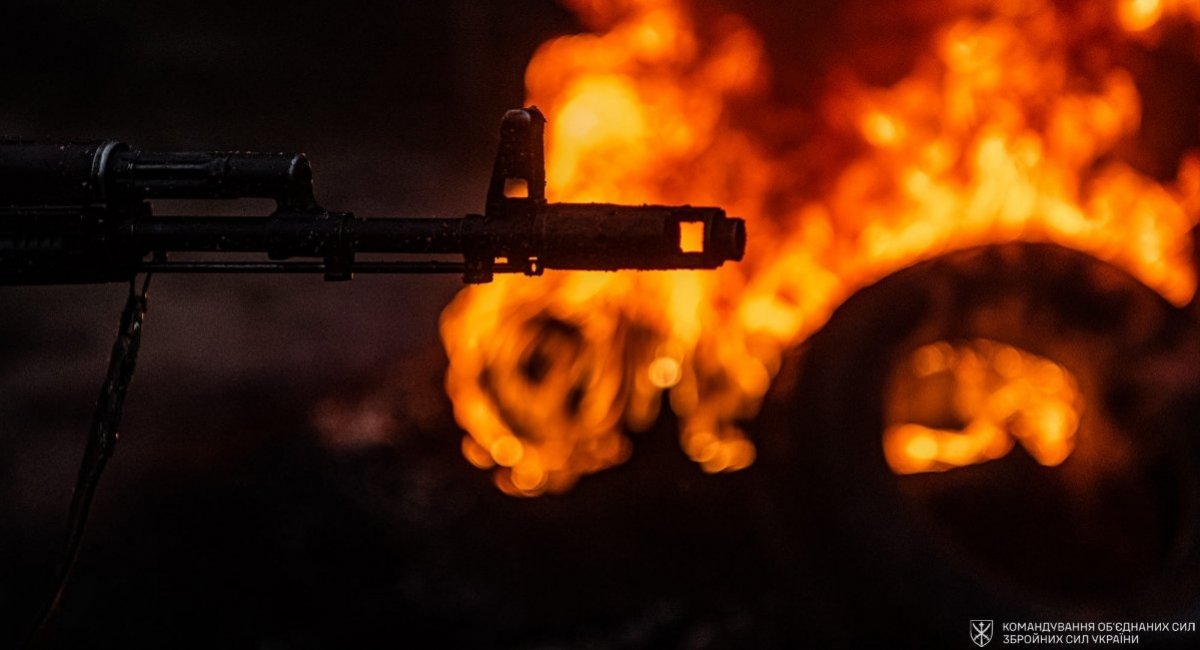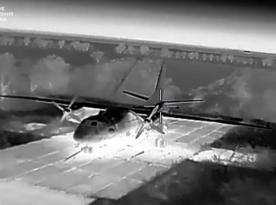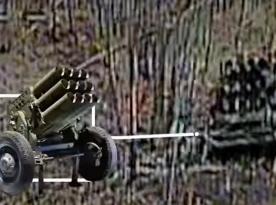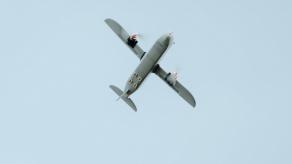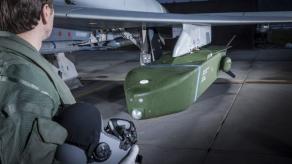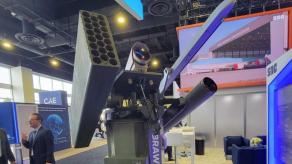Today, February 5, the Joint Forces Command of the Armed Forces of Ukraine celebrates four years since its creation, and on this occasion, the JF Command's press service published an interview with the chief commander of this management body, Lieutenant General Serhii Naiev. Being one of Ukraine's top military officers, he touches a lot upon the transformations that the Ukrainian army has undergone throughout almost ten years of war against russia.
The lieutenant general notes that as of 2014, only some units were ready for fight, those that had experience of participation in peacekeeping operations and those belonging to the rapid reaction force: "All other combat units were as prescribed by peacetime norms, extremely understaffed. Equipment and ammunition were mostly in storage, and the [condition of] supply of troops with fuel and clothing was only for maintaining life support," Naiev notes, emphasizing that Ukraine back then mainly could use only some individual company-level tactical groups.
Read more: Long-Range Ukrainian Strike Drones, Which are Hitting Targets Deep Inside russia

Ultimately, mobilization allowed to reinforce existing brigades and create new ones, fix the supply system. Consequently, the Armed Forces of Ukraine (AFU) got the opportunity to conduct exercise coordination and tactics with live fire at the "battalion–brigade" level. Then in the spring of 2018, there was a transition from the Anti-Terrorist Operation to the Joint Forces Operation, which created a group consisting not only of the regular army but also units of the National Guard, the National Police, the State Border Service, the SSU, etc.
Finally, in 2020, the Ukrainian army switched to a new management system, followed by introduction of several NATO standards; it changed principles and approaches, reorganized, and created new management bodies within its structure. Stepping into 2022, the Territorial Defense Forces (that spontaneously formed after the russian invasion in 2014 - ed. by Defense Express) were separated into a new branch of the AFU, with its own command, and started formation of new brigades.
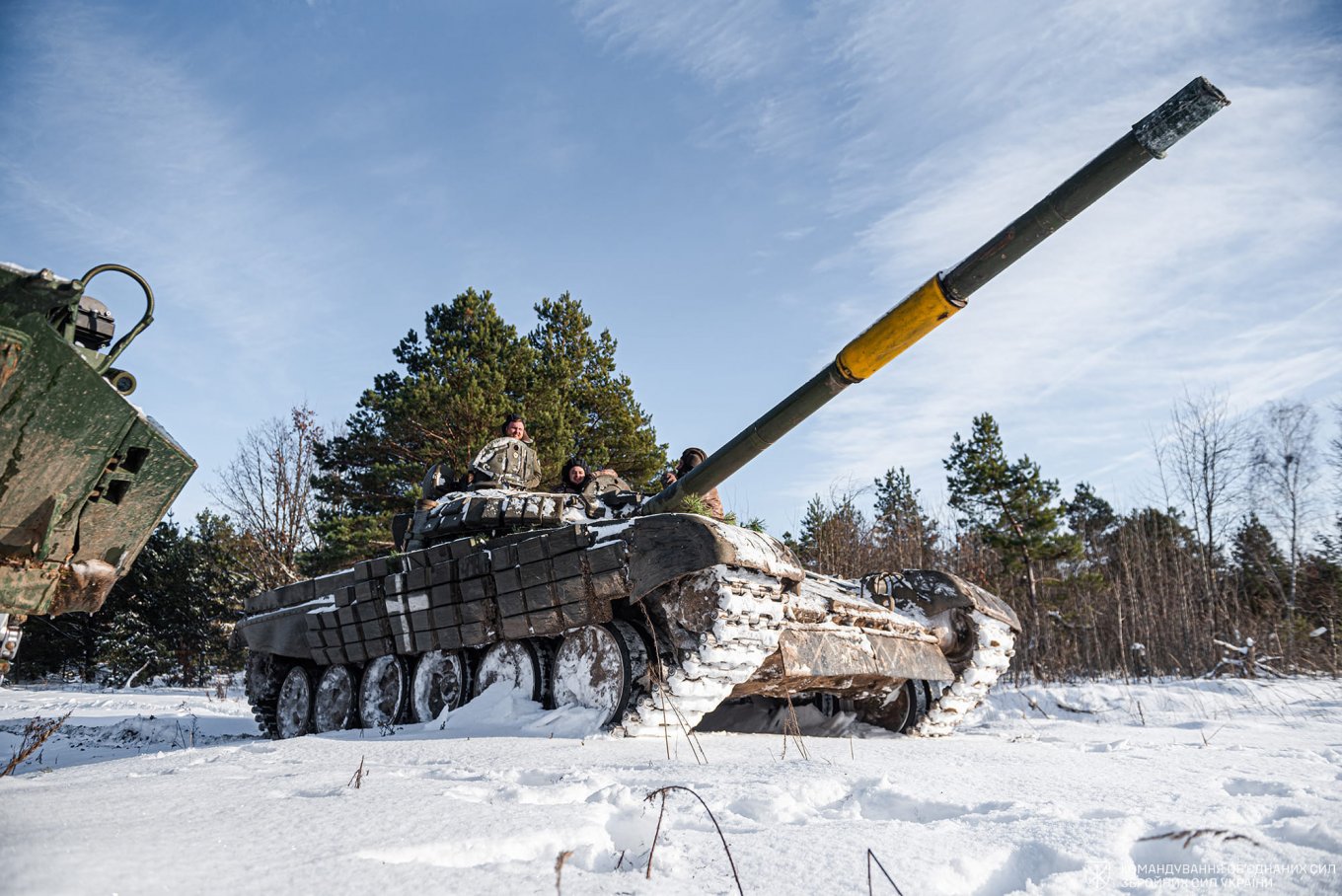
"But in February 2022, the AFU faced a war of such a scale that no one could have predicted. Only the resilience and heroism of our defenders and the entire Ukrainian people forced the world to reconsider its forecasts about russia having a quick operation on the territory of Ukraine," Naiev said.
The full-scale invasion of the russian federation into Ukraine became another push for changes. In particular, the Ukrainian Defense Forces — a collective term for all the servicemen fighting for the country regardless of the particular military/law enforcement office they report to — received a diversity of Western weapons and demonstrated a creative approach to how they used them. For example, the M142 HIMARS rocket systems targeted russian logistics, creating chaos in management and supply of russian forces, one of the outcomes being their retreat from Kherson.

Elaborating on the topic of flexibility of tactics of utilizing weapons, Naiev especially pointed out the air defense of Ukraine, a branch that faced truly large-scale challenges. Thanks to Western weapons, the effectiveness of air defense has increased to 75-80%, the commander notes. He credited mobile fire groups — a unique kind of unit, the emergence of which was prompted by the need to repel russian aerial attacks and proved exceptionally valuable when russians began shelling Ukraine with iranian Shahed-type suicide drones.
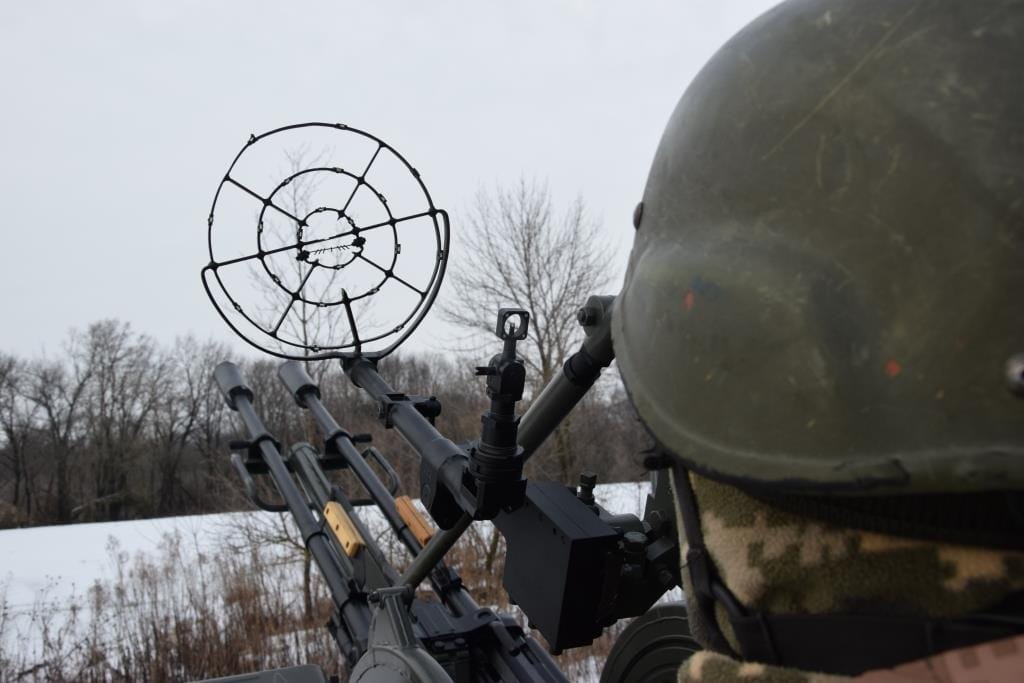
"At the tactical level, we have practically reached the point of a network-centric war, when every platoon commander goes into battle with a tablet," says the JF Commander about the transformations in the field of combat management, which basically unfolds in real-time mode. Each commander can see a comprehensive picture of the battlefield and operate with accurate information about the location of his own units and the actions of the enemy, so he can respond to enemy actions as best as possible.
"The modern-era information operations have been mastered, which made it possible to mislead the enemy and did not allow the russian intelligence to predict the preparation of the counteroffensive in the Kharkiv direction," says Naiev, referring to the lighting-fast liberation of a substantial portion of russian-occupied land in the northeastern region of Ukraine in September 2022.
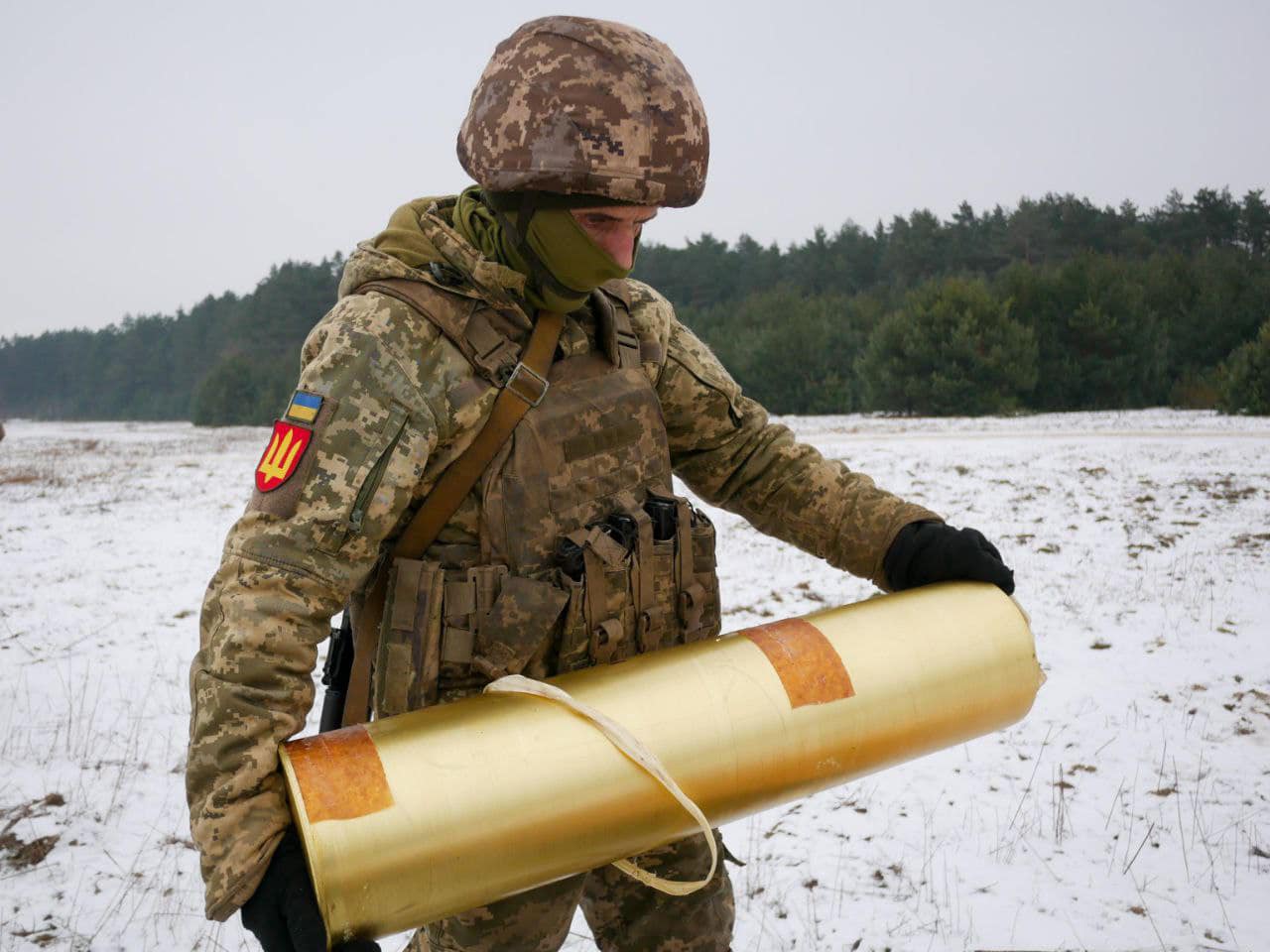
Lastly, Naiev talks about Ukrainian domestic developments, which "will go down in textbooks of military art." Those include, first of all, the famed naval strike drones that destroy the russian fleet in the Black Sea, as well as FPV drones, the importance of which on the battlefield today is really difficult to overestimate.
In the interview, Lt. Gen. Naiev also stated that "in the upcoming packages of military aid, Ukraine is waiting for F-16 aircraft and missiles with a range of 300–500 kilometers."
The full interview with the Commander of the Joint Forces Command of the Armed Forces of Ukraine can be found in the post below:
Read more: Case in Point How Much NATO is Out of Sync with Reality Regarding FPV Drones: Polish Expert Explains Why FPVs are Unnecessary



